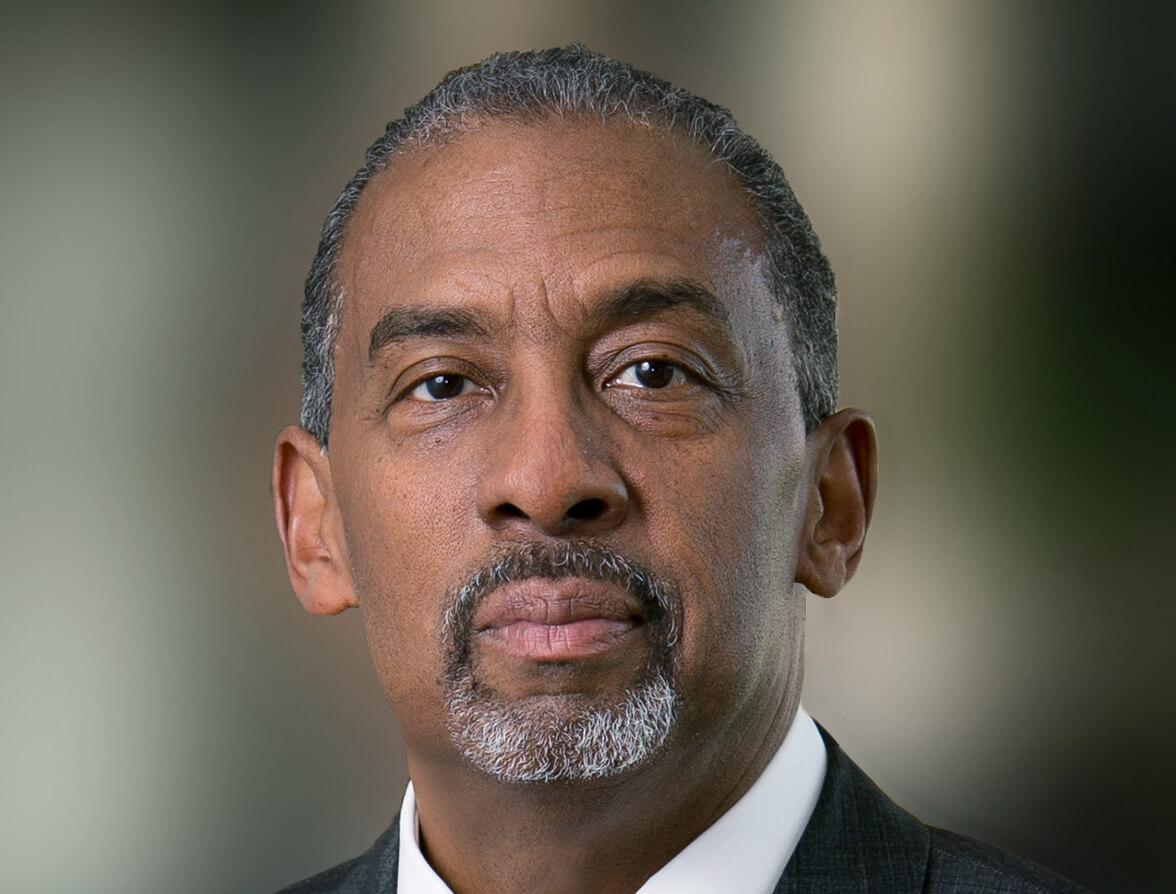The concept of “energy” is so simple but so complex at the same time. For Colin Parris (BS ’85), senior vice president and chief technology officer at GE Digital, he describes “energy”—more specifically, the transition to renewable energy—as an inevitability. At GE Digital, Parris is in the business of saving the planet by creating digital technology solutions for power-generating assets to become more efficient. This includes dealing with things like MRI machines in health care, jet engines in aviation, and stabilizing carbon from power plants for cities, just to name a few.
Parris explains his interests through a foundational concept he learned at Howard. “I was always fascinated in how things work. But not in the sense of taking apart everything,” he says. “More about relationships. … If you want to see how things work, they have to be in places where they work.”
This can be seen with GE’s latest development called the Digital Twin Initiative, a living and learning model that takes the physical understanding of a system—the data—and puts it together in a way to predict outcomes before they occur.
We need engineers who look like us to lead the way.”
Parris says that one of his biggest concerns is environmental justice. In particular, he mentions how minority communities are affected by energy poverty, meaning they lack access to sustainable energy, especially during times of extreme weather, like extreme heat, extreme cold and storms, or during large-scale crises like the COVID-19 pandemic.
To combat this issue, Parris is working with the Digital Twins Initiative to successfully lower the cost of energy. For example, after a hurricane devastates an area, an electric bill that would usually be $100 a month might shoot up to $300 a month. The initiative adapts to this event by collecting data from the devastated area, such as temperature, population, carbon emissions (just to name a few), and from similar events that happened prior. This allows for the production of a duplicate machine that is built and optimized with the goal of lowering electricity costs and mitigating potential system failures, also known as a “twin machine.” Along with other factors, this allows GE to successfully lower the levelized cost of energy from 10 cents to 3 cents.
Parris is also looking to help the field move forward by ensuring the next generation of professionals represents the diversity of American society. “This new emerging science [computer science with digital technologies] is a place where they don’t look at you by the color of your skin,” he says. “They look at you for what you could really do in this area.”
Children tend to lose interest in science and mathematics around the age of seven, eight or nine. At this point in his career, Parris is highly focused on the educational component of his field and looks to be a guide for the change he wishes to see in the field. “We need engineers who look like us to lead the way.”
Article ID: 636




